I came across this video on Facebook last weekend and was absolutely captivated. It’s Paula Abdul teaching Janet Jackson and her dancers some choreography in a 1986. Take a look.
https://www.facebook.com/deejah818/videos/10153608043931768/?pnref=story
I just love how ordinary it is. Just, you know, two mega stars grinding it out in rehearsal. Doing the plain, repetitive, quiet, unexciting work that needs to happen before a hit video or incredible stage show can exist. No costumes, no microphones, no lights- just working on steps. I like this opportunity to be a fly on the wall, to catch a glimpse of the day to day reality that was obviously so important to their success. Having spent many an hour in the studio working on steps myself, I felt humbled to see first hand that Paula and Janet had to put in the work, too.
I witnessed something similar to this while watching my husband complete his first ultra marathon- a 50 mile foot race on the Des Plaines River Trail- last weekend. His accomplishment was remarkable, but I think that how he did it was even more remarkable. He followed a simple formula while training and throughout the entire race: run for 5 minutes, walk for 1 minute, eat and drink a little while walking. He repeated this cycle over and over again for hour after hour, mile after mile, while training and throughout his entire race. He focused on his process, rather than getting caught up in the end result. By staying set on putting in the work, he reached his goal.
I find it comforting to be reminded that when I have a big goal, I can’t and don’t have to achieve it all at once. The process, not the end result, is where I need to focus. It also helps me to see that putting in the work doesn’t have to be fun, exciting, or glamorous to be really, really awesome. I hope it helps you, too.









